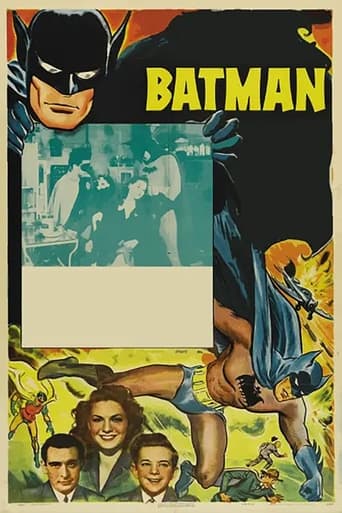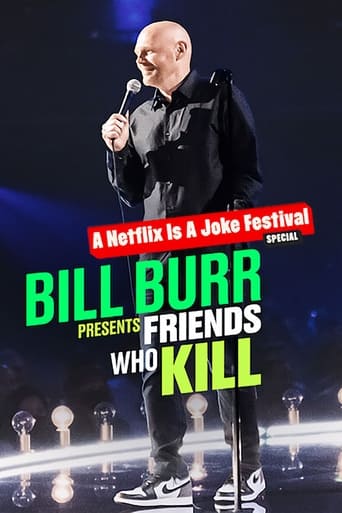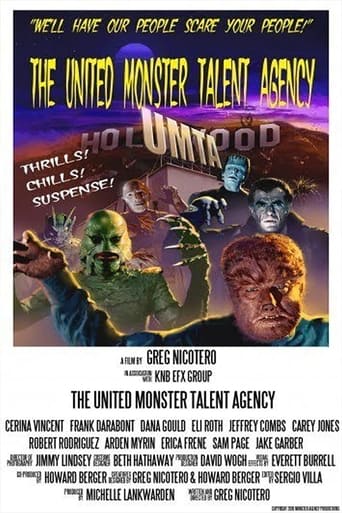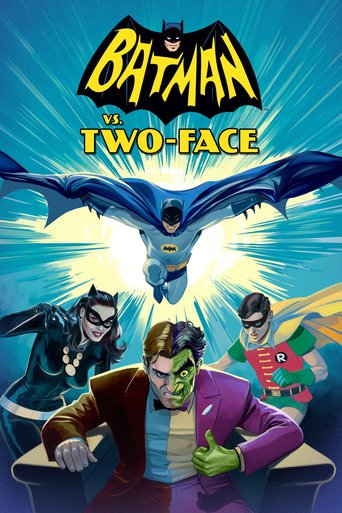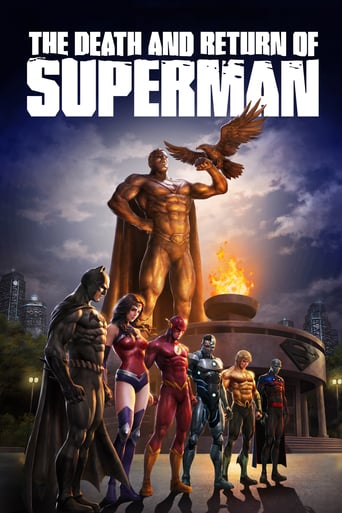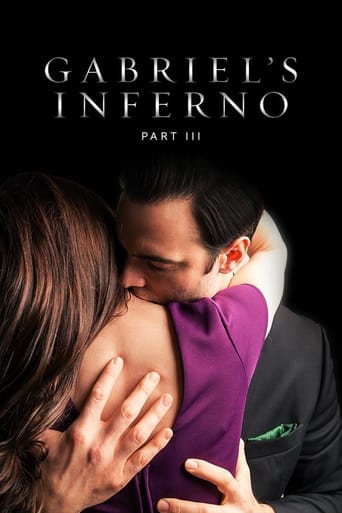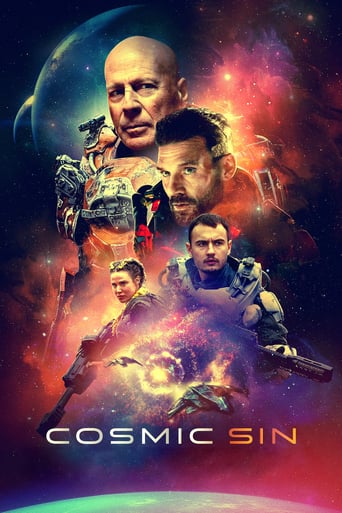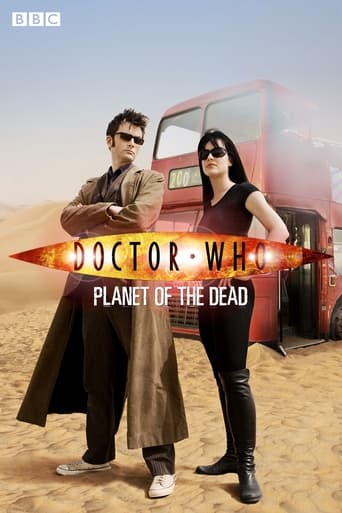


Fort Defiance
It's just after the Civil War and Ben Shelby arrives looking for Johnny Tallon whom he plans to kill. Shelby was the only survivor of a battle due to the cowardice of Tallon. Thinking Tallon dead, another man who lost a brother at the same battle arrives to kill Tallon's blind brother. Tallon arrives to find Shelby and his brother fleeing. Then they are attacked by Indians and Shelby and Tallon must now fight together postponing the inevitable showdown.
-
- Cast:
- Dane Clark , Ben Johnson , Peter Graves , Tracey Roberts , George Cleveland , Ralph Sanford , Iron Eyes Cody


Similar titles
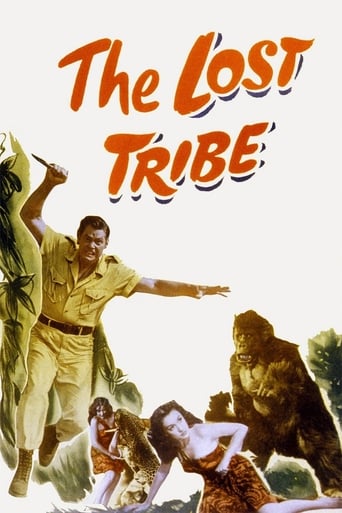
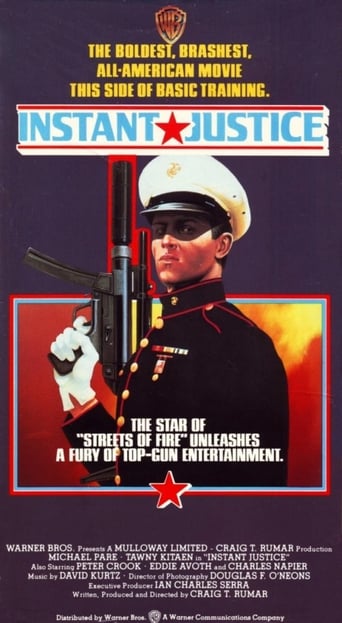
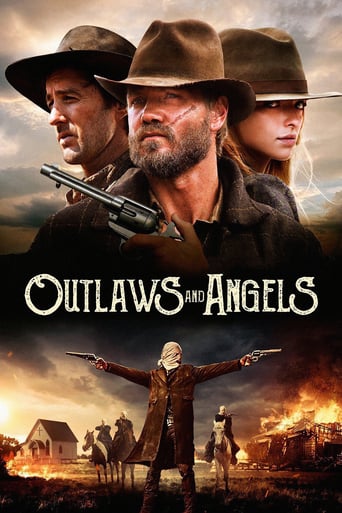
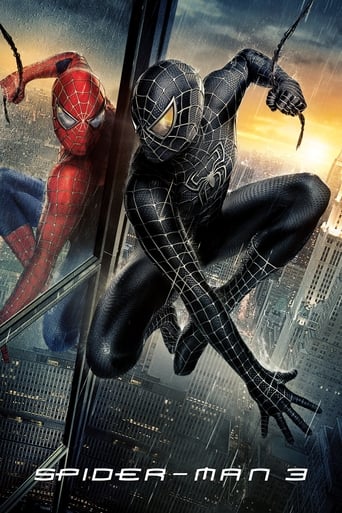
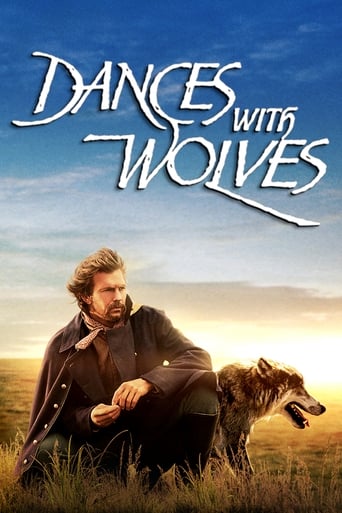
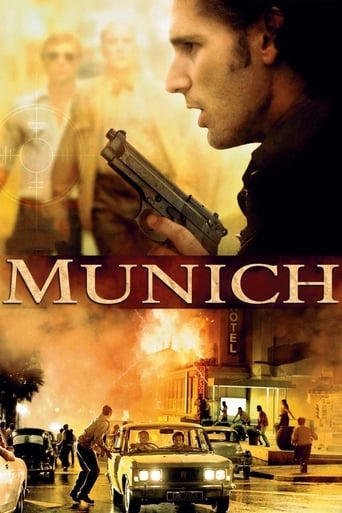
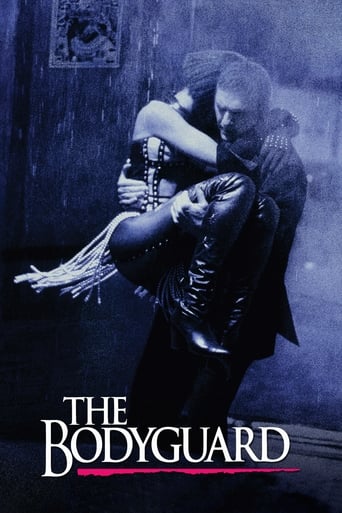
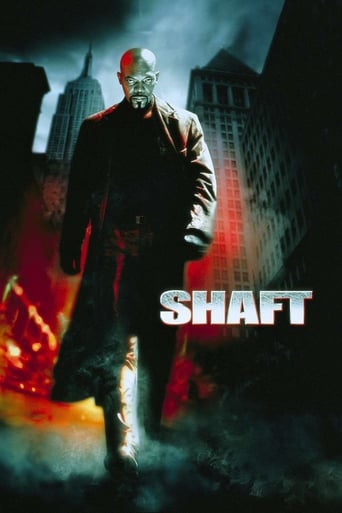
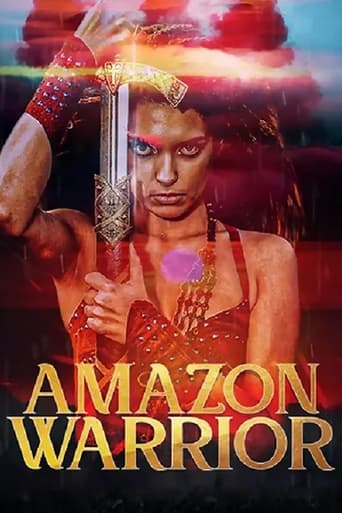
Reviews
One of my all time favorites.
Excellent adaptation.
Instead, you get a movie that's enjoyable enough, but leaves you feeling like it could have been much, much more.
True to its essence, the characters remain on the same line and manage to entertain the viewer, each highlighting their own distinctive qualities or touches.
'Ft. Defiance' is a B-movie western that in terms of story is quite a cut above the typical Saturday matinée fare. But, this is a description of the Cinecolor process it was shot in.3-strip Technicolor was the first technically viable, full color film process commercially available to the U.S. film industry. Although technically elaborate and expensive, for about a 15 year period (ca. 1935-50) it was also the only full color process available (Kodachrome, a reversal process yielding a positive image from the camera stock, was not regarded as suitable for studio film production).During Technicolor's reign there were a number of alternative low-budget color film processes based on the 2-color principle of color reproduction. Although 3 primary colors are required to obtain a full color gamut, a surprisingly natural-looking color image can be achieved by using only 2 primary colors, basically, a warm primary and a cool primary.Instead of dividing the spectrum into 3 bands (red, green, blue), it is split into 2 regions, representing the warm colors (red, orange, yellow) and the cool colors (green, blue, violet). In the photography, red and green color separation filters are used to obtain the 2 primary color images. Because of the technical complexity of full 3-color requirements, the first successful color motion picture processes (Kinemacolor and others) from the 1910's onward, were 2- color processes. Technicolor started out as a 2-color process itself.As with other 2-color processes (Trucolor being its main competitor) the Cinecolor process used Mitchell cameras adapted for bi-pack filming where 2 rolls of film are run through the camera simultaneously. The camera's magazines had 4 chambers, 2 feed and 2 take-up. Each roll of black & white film captured one of the 2 'primary' images.A Cinecolor film print contained 2 primary color images, a reddish-orange and a cyan, printed on opposite sides of the film base. In making splices, the projectionist had to scrape emulsion off BOTH sides of the film so the cement could form a proper bond. Focus was achieved by focusing at the center of the film base as a compromise (instead of on the emulsion).When Kodak and other companies introduced single-strip negative-positive color film systems around 1950 -- which meant that standard production cameras could be used for full- color filming without special adaptations or apparatus -- the raison d'etre for 2-color systems was eliminated, with 'Ft. Defiance' being among the last of its kind. 3-strip Technicolor itself survived only a few more years as a production process, although the lab continued providing imbibition film prints to the industry for more than a decade afterwards.Like other 2-color processes, Cinecolor suffered from a limited palette, where bright greens, yellows, and purples were not achievable. Most other colors could be represented with fairly reasonable approximations. It also suffered from a bit of variability in color densities. Nevertheless, it was the most natural looking of all the 2-color processes.Considering its 2-color limitations, what's remarkable about Cinecolor is how natural-looking it could be.Some other 2-color Cinecolor titles are: Black Gold (1947) Albuquerque (1948) Strawberry Roan (1948) Flight to Mars (1951) Flat Top (1952) .
The first half is a fine slice of emotional clarity, that stubborn homestead squatting like a tiny island on an ocean of redrock. The movie itself turns on Peter Graves's sightless Ned. If he's not likably appealing, then the plot doesn't work. But fortunately Graves hits the right notes without being maudlin, so we understand why others would sacrifice to help him. And when Ben (Johnson) finally turns around to help, we know there's more to family than blood kin.I wish the second half were as streamlined and inventive. But instead, it falls back on a series of clichés. What purpose, for example, is that gunning down of Parker's men except to show how fast Johnny (Clark) is. Then there's the badly clichéd Indian attack. Sure, it's panoramic and I assume that was the real purpose. However, the attack is unimaginatively staged as though the circling Redmen have no other desire than to give the Whites some live target practice. It's like they have no military sense at all. And instead of the stereotypical good- hearted hooker, why not pair the sightless Ned with a homely girl. For glamour obsessed Hollywood that would have been a real departure. In a lesser Western, such shopworn episodes are expected. But for a movie that starts off so well, these are clichés pulling events down to the merely routine.Nonetheless, the acting is first-rate, and I especially like George Cleveland's grizzled old Uncle Charlie. The chemistry between Ned and Ben and him is simply superb, and when he collapses in the doorway, there's a genuine sense of loss unusual for any Western. Then too, was there ever a better cowboy than the under-stated Ben Johnson with his authentic western twang. His gradual reconciliation with Johnny is both compelling and believable. I'm only sorry that this story of family parts finally fitting together just misses being a real sleeper.
It is several months after the end of the civil war, and Ben Shelby (Ben Johnson) shows up at the Tallon Ranch to kill John Tallon (Dane Clark). Tallon had given himself up to the confederates just before the war ended and this led to a company of the Arizona volunteers being wiped out, Ben's brother among them. He meets John's young, blind brother Ned (Peter Graves) and Uncle Charlie. John is not around and Ben ,saying he knows John from the war, decides to wait for him. A problem comes up when he gets very close and Ned and Uncle Charlie. John has become a bank robber and a killer which Uncle Charlie has kept from Ned and asks Ben to also keep the secret because Ned worships his brother who supposedly was a war hero. Word finally reaches them that John is dead and Uncle Charlie and Ben have to tell Ned.There are additional problems. The Indians find out they are going to be moved to Oklahoma, don't like the idea and go on the warpath. Local land baron Dave Parker, who also lost brothers in the Arizona volunteers, finds out about John Tallon's act of cowardice and wants all Tallon's dead. This is just an excuse to get their ranch.AS you might guess. John Tallon finally shows up, but he is not the coward and killer you might expect, and Ben, besides fighting Dave Parker and the Indians, must face the possibility of killing a close friend's brother This is not exactly a B western. It was shot in New Mexico, has a cast of superb actors, more plot than there is in two current films( actually a plot worth of a major film) and complex, conflicted characters. I saw this film when I was very young and found out recently that it has not aged. It is well worth tracking down and watching. A very good sleeperThere is a problem with the color. The film was shot in Cinecolor, and it is just not as good as Technncolor of even Eastman color.The colors fade and blues and greens are lost. This film deserves a restoration.
This western has a good story by Louis Lantz, it is not an average western story, it is quite unusual. The main characters are a blind man, Ned Tallon (Peter Graves), and two other men who are trying to help him, his brother Johnny Tallon (Dane Clark) and Ben Shelby (Ben Johnson). Shelby wants to kill Johnny Tallon whom he blames for his brother's death. The three of them have as enemies the Navajos and Dave Parker and his men. There is a lot of action and up to the last part the film goes surprisingly well considering the low production budget. The color process, Cinecolor was used in some B western and is far inferior to Technicolor. In the last part it becomes too sentimental, and also the final shootout is not on the same level as the rest of the film. But it is worth seeing.


